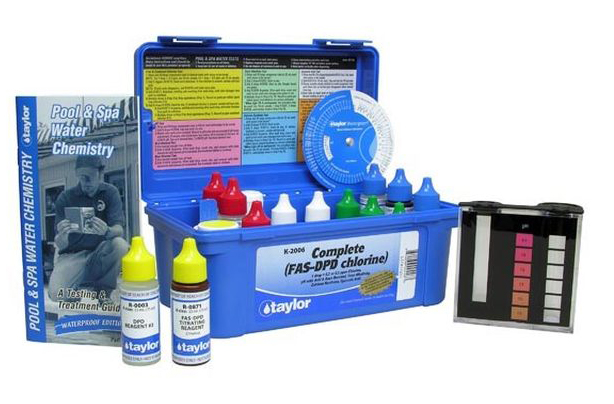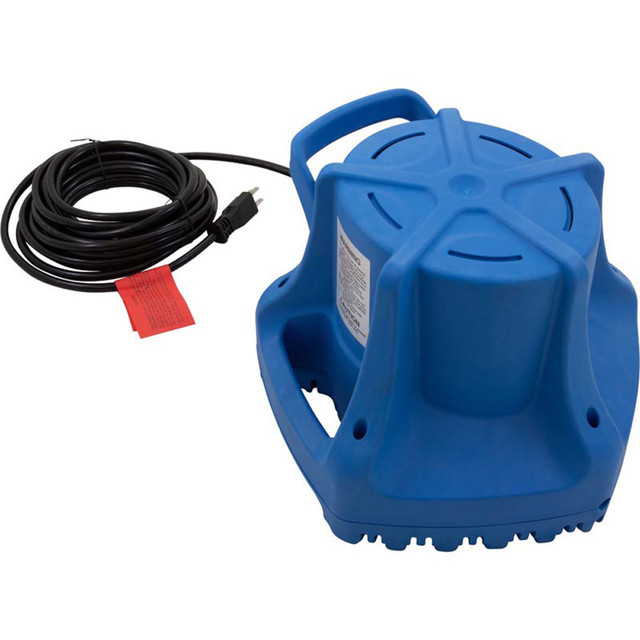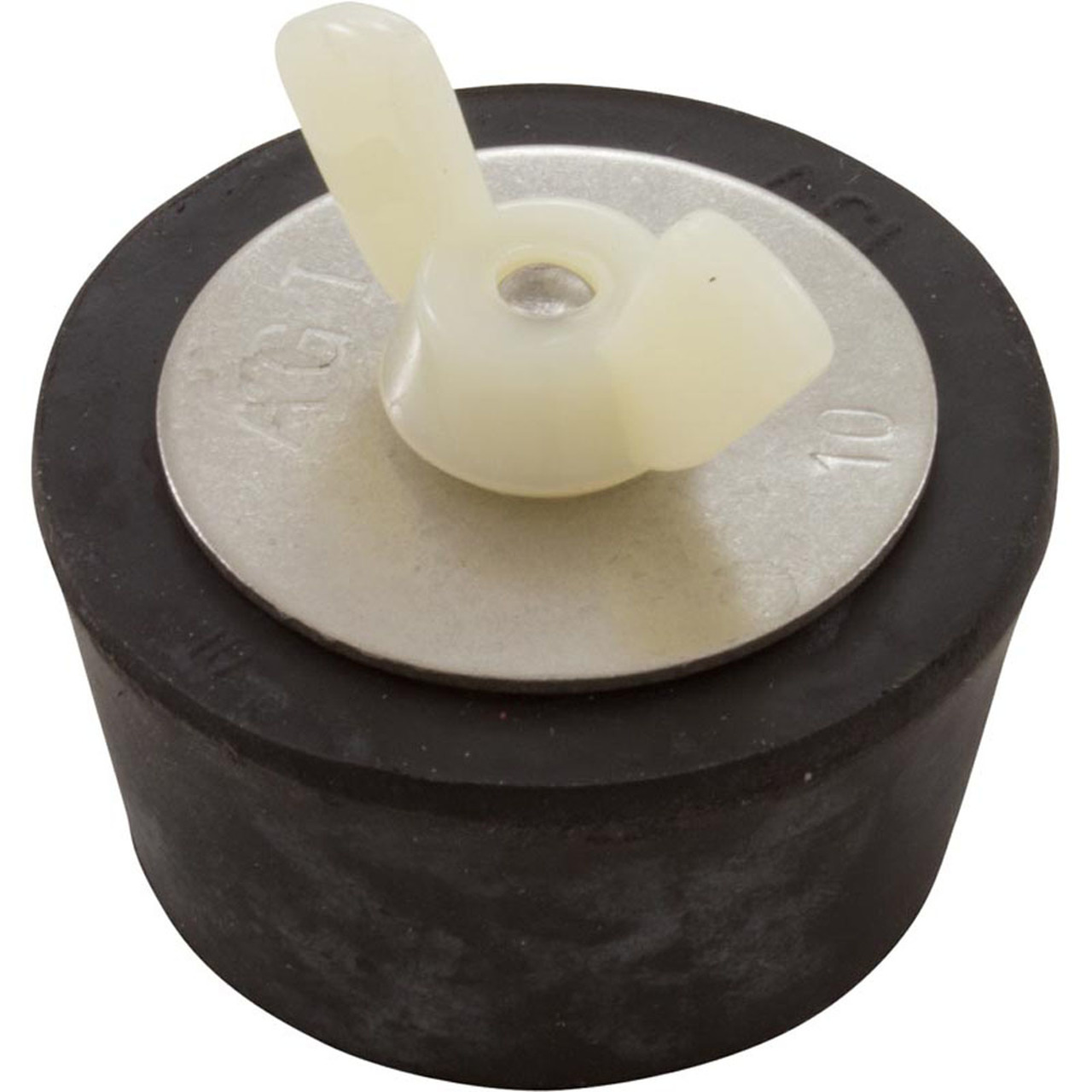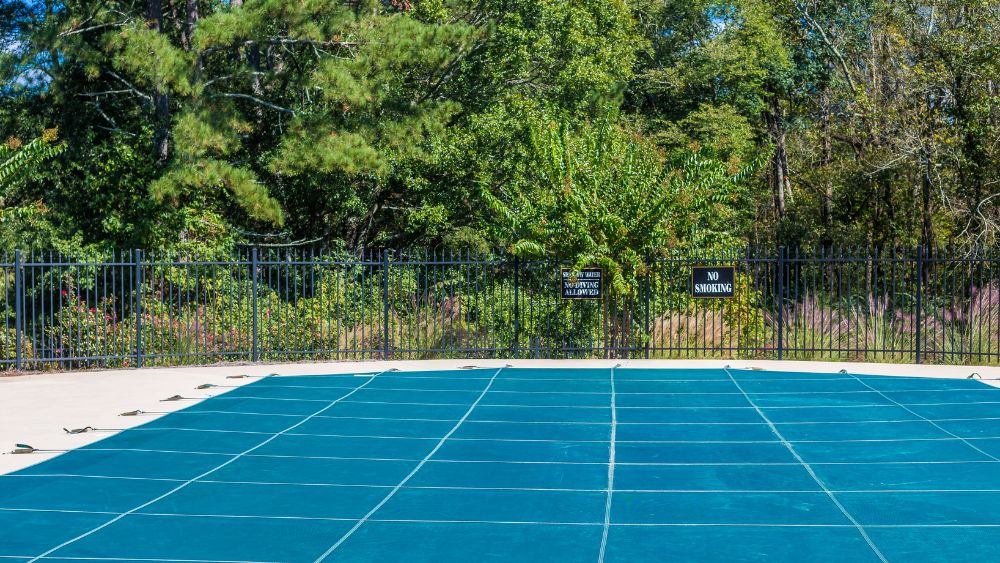6 Steps in Closing Your Swimming Pool for Winter
Posted by Michael Hervas on Dec 09, 2019
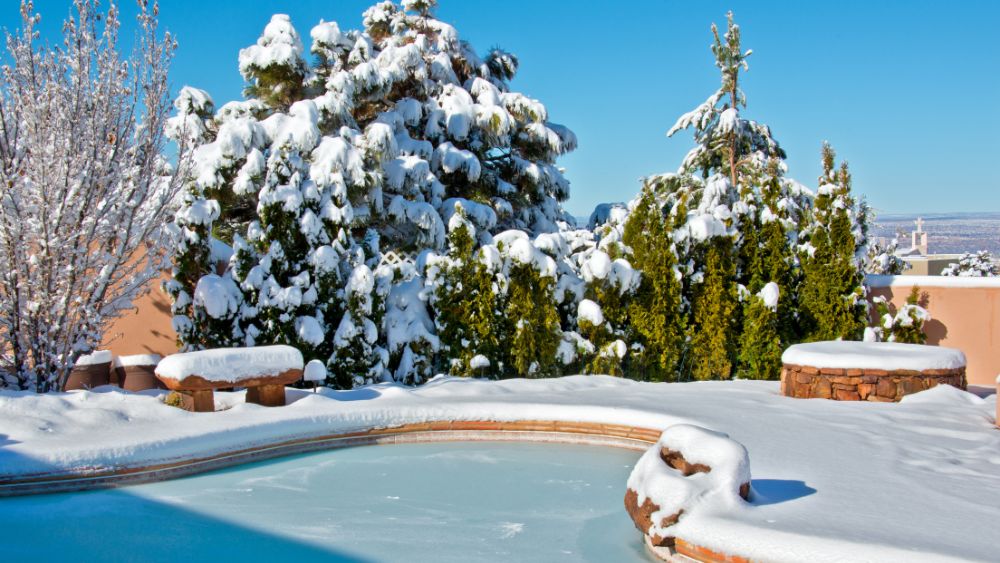
Winter is coming and it sure is approaching really fast. The warm, sunny days of summer and autumn are about to come to an end, and for a few months, the swimming pool is not going to be quite as welcoming as it used to. This should not be cause for neglect, however; it is important that the pool is prepared and closed for the winter if you are looking to enjoy it for the other seasons to come. There are many things to consider before you proceed to closing swimming pool for winter , but below are the general steps that you should follow:
Step #1 - Balance the Pool Water
Keep the right balance in the pool water's chemistry. Your pool water's alkalinity should be kept between 100 and 150 ppm while its pH level should be at least at 7.4 but not higher than 7.6. Of course, you will need to literally test the waters to determine whether or not your pool's water is at an ideal chemical balance. I would recommend using Taylor K-2006 that gives accurate results and is super easy to use. But if you’re not confident enough your local reputable pool store will be happy to take on the job. Should there be any deficiencies in the water's chemistry, you will have to add a pH and/or alkalinity increaser as needed.
Step #2 - Shock Your Pool
Shock it up. For those new to pool maintenance, shocking the pool means adding chlorine shock to the water. Chlorine shock, also known as granular oxidizer, is basically chlorine in powdered form and this chemical, when added into the pool water, will take care of the irritant chloramines and contamination such as bather waste, algae, rainwater-borne dirt, and bacteria which even the worst swimming pool winter cannot take out of action.
Step #3 - Remove Pool Accessories
Take out the accessories. Spoiler alert: winterizing swimming pool will require you to cover it up. This means that everything that will get in the way has to be taken out, cleaned, and stored someplace else. This includes pool cleaning tools, toys, and poolside fittings such as handrails and slides. It makes clearing the pool of debris much easier too, and this is something that you should also take care of in this stage.
Step #4 - Lower the Water Level
Reduce the water level. Pump out some of the pool water until the water level is lowered to some four to six inches under the lowest plumbing line. This will prepare you for the next step on closing swimming pool for winter.
Use a submersible pump to lower the water of your swimming pool.
- Above Ground Pool - Remove the hose off the bottom of the skimmer then install a winter skimmer cover plate. If you don't have one then lower the water just below the skimmer.
- In Ground Pools - You must blow out the lines. If you're not confident enough you can hire a professional to do this. Then drain the water 4" below the tiled border or the skimmer, whichever is lower if you have both.
Step #5 - Drain Your Pump, Filters, Heaters, and Chlorinating Equipment
Drain the plumbing. Locate the drain plugs of your filters, heaters, pump, and chlorinating equipment, and through these, you can then drain or blow the water out of your plumbing lines. Once the lines are drained, you will need to proceed to cleaning your pool's filters in the most appropriate manner: backwashing for sand and diatomaceous earth filters, and a thorough rinsing for the cartridge filters. The filters should be removed from the plumbing, air-dried, and stored in a secured dry place. Be sure to empty out your chemical feeder as well.
Don’t forget to put winterizing plugs on your pool pipes! This will prevent water from getting into the pipes in winter and protect them from freeze damage. Make sure to check the size of your plumbing first before buying any plugs.
Step #6 - Cover Your Pool
Cover the pool up. When all is said and done, you will have to cover your pool with a solid material that keeps sunlight and debris out. Winter mesh safety pool covers will protect your pool during the winter months. It will also keep your pool free of unwanted floaters and algae growth. The cover should not give way to pressure, so you will need to support it with an air pillow in the case of above-ground pools or cables and clips for in-ground pools.
Here are the advantages of using safety covers for in ground and above ground pools:
- Prevent accidental falls into the pool.
- Limits sunlight entry thus minimizing algae growth.
- Protects your pool from debris and leaves for easy spring cleaning.
- Durable, easy maintainance and removal.
Closing swimming pool for winter should not be a daunting task. This can easily lengthen your pool's life span and save you money on spring repairs, allowing you to enjoy your pool for more summers to come.
UPDATES:
- Your swimming is now closed, what now? Click here to learn 3 easy pool care and maintenance tips you can do while your pool is closed for winter or off-season.
- 09/18/2020 - Updated Step #4.
- 11/30/2022 - Updated Winter Pool Covers

